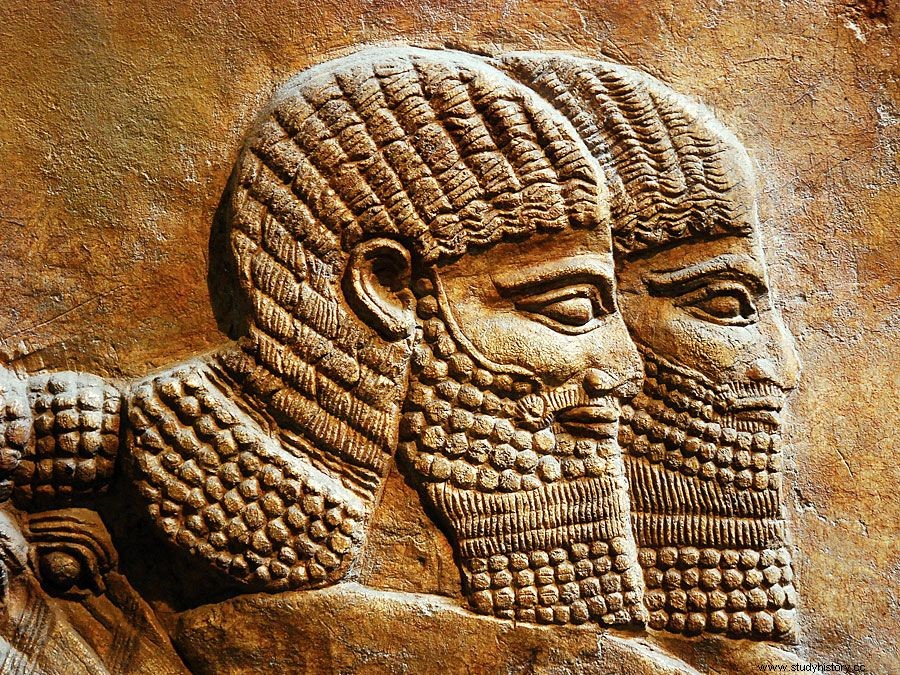Phrygia , old Midwest neighborhood of Anatolia , named for a race that the Greeks called Phryges and who ruled Asia Minor between the Hittite collapse (12th century BC ) and the Lydian ascendancy (7th century BC ). The Phrygians, perhaps of Thracian origin, settled in northwestern Anatolia at the end of the 2nd millennium. After the collapse of the Hittite kingdom, they moved to the central highlands and established their capital there Gordium and a major religious center in Midas City (modern) Yazılıkaya , Tur.). The terrain is a 900 to 1,500 m high plateau with mountains.
 Britannica Quiz The Middle East:Fact or Fiction? Is the literacy rate very high in Afghanistan? Does Yemen take its name from the Arabic word "northern"? Sort the facts in this quiz about Syria, Iraq and other Middle Eastern countries.
Britannica Quiz The Middle East:Fact or Fiction? Is the literacy rate very high in Afghanistan? Does Yemen take its name from the Arabic word "northern"? Sort the facts in this quiz about Syria, Iraq and other Middle Eastern countries. Between the 12th and 9th centuries, Phrygia formed the western part of a loose confederation of peoples (identified as "Mushki" in Assyrian records) who ruled the entire Anatolian Peninsula. Borrowing heavily from the Hittites who had replaced them, this early civilization established a road system that was later used by the Persians. Around 730, the Assyrians replaced the eastern part of the Confederacy, and the place of power shifted to Phrygia under the rule of the legendary king Midas .
The kingdom of Midas ended abruptly ( approx. 700) with the invasions of Cimmerians , a Transcaucasian people who burned Gordium and the Hegemony Western Anatolia to the Lydians transferred . After the Cimmerian Invasion, Phrygia remained as a geographical term under successive rulers of Anatolia; His people were valued as slaves by the Greeks. The Phrygians excelled in metalwork and woodcarving and are said to have originated the art of embroidery. Phrygian carpets were famous. Some richly carved stone tombs and shrines were named after the World War II discovered by American archaeologists. Among the various Phrygian religious practices, the cult of the Great Mother ( Cybele ) prevailed and was passed on to the Greeks.
Little else is known about Phrygian society. Large areas belonged to great shrines like Pessinus, with the high priests practically autonomous rulers were. Society was probably feudal. In Gordium and Midas City existed a smart and obvious cultured elite (they could read and write) as well as an important core of artisans and merchants, some of whom were undoubtedly foreigners - Greeks, Phoenicians, Syrians and Urartians.
A staple industry was sheep farming, which in Milete , Pergamon and other Greek industrial centers a fine wool that was in high demand was provided by . The neighborhood of Midas City was home to significant forest areas, and timber was clearly an important economic factor. Another specialty was horse breeding, the Phrygians probably too be, like many of the Indo-European, a riding Aristocracy domination over other indigenous people.
